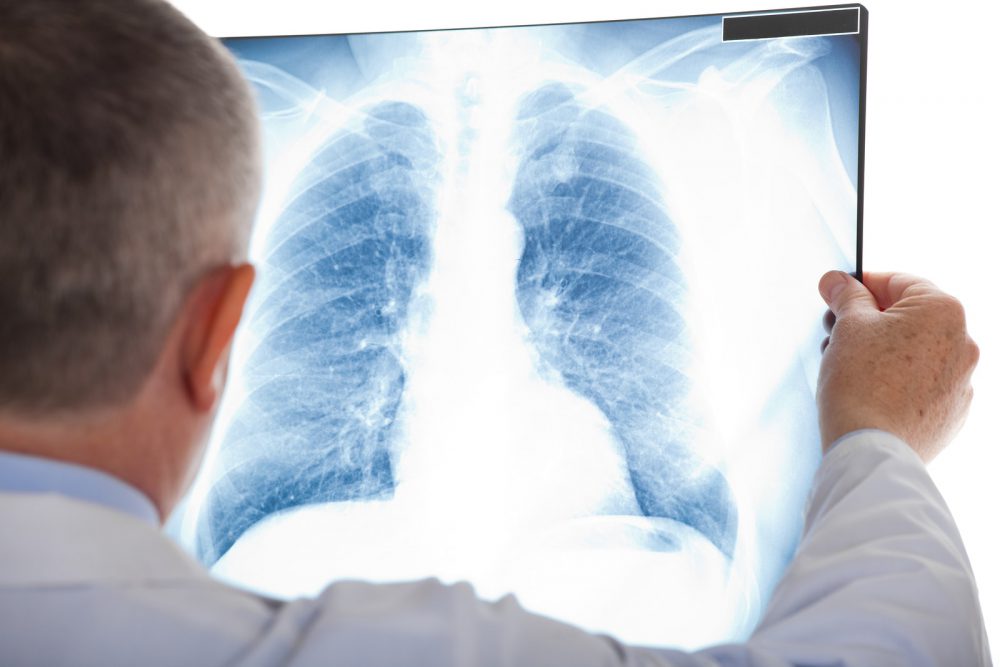
An English study concluded that screening people at high risk for developing lung cancer can increase their five-year survival chances by 73%.
Published in the journal Health Technology Assessment, the University of Liverpool study suggests that British leaders develop a national screening program with an emphasis on early detection.
Known as the UK Lung Cancer Screening Trial (UKLS), the study compared lung cancer screening versus the usual care in 4,055 subjects. High-risk individuals were determined via questionnaire. The screenings created detailed pictures inside the body called Low Dose Computed tomography (LDCT), according to a University of Liverpool news release.
Lung cancer was found in 2.1% of the participants, according to the clinical trial. Of those, 85.7% were diagnosed with stage 1 or 2 cancer and 83.3% underwent surgery as their primary treatment.
Lung Cancer Prevalence
By using LDCT, lung cancer mortality was reduced by 20%, as the screening trials helped identify early lung cancer nodules.
“The UKLS trial has successfully demonstrated that we have a way to screen for lung cancer in high-risk individuals in the UK,” said John Field, the trial’s chief investigator and a clinical professor of molecular oncology. “If we could detect lung cancer via screening of high-risk individuals, it would make a major impact on the diagnosis of lung cancer at an earlier stage of the disease and would greatly improve the survival rates of those affected by this terrible disease.”
You Might Also Enjoy: Lowering Your Cancer Risks on your Lunch Break
The trial was the first and only lung cancer screening trial to take place in the UK.
According to Cancer Research UK, more people are killed by lung cancer than any other cancer. In 2012, it was responsible for 35,371 deaths in the United Kingdom.
In addition, one reason why lung cancer is so deadly is by the time 70% of patients first see a specialist, the disease already is in an advanced state – where treatment has minimal effect on mortality.
Those who receive early treatment had a 73% chance of surviving for five years, and more than 80% undergo surgery, the university release said.
Lung Cancer Signs and Symptoms
Another reason why lung cancer is difficult to treat is because symptoms often don’t appear until after the disease has spread, according to the American Cancer Society.
According to the ACS, the most common symptoms of lung cancer include:
- coughs that linger or get worse
- coughing up blood or rust-colored phlegm
- hoarseness
- chest pain that worsens due to deep breathing, coughing or laughing
- weight loss or a loss of appetite
- shortness of breath
- feeling tired or weak
- a new onset of wheezing
- infections like bronchitis or pneumonia that are slow to resolve or keep returning.
Once lung cancer spreads to other organs, symptoms might also include bone pain in the back or hips, nervous system changes, and yellowing of the skin and eyes.









